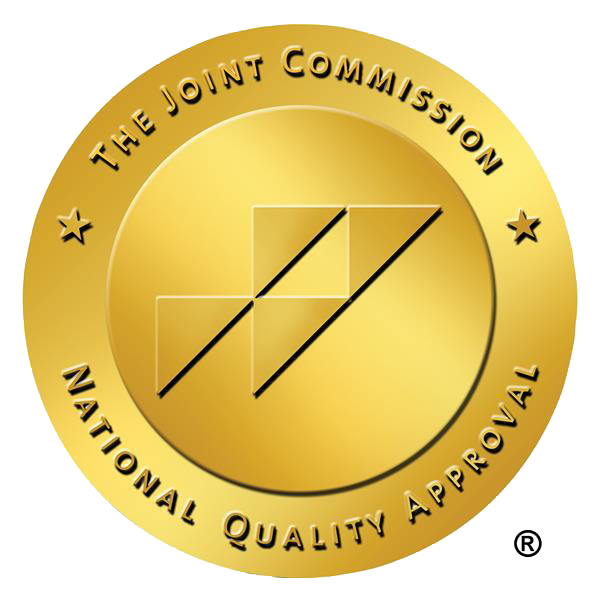4. Imagery Rescripting and Reprocessing Therapy (IRRT)
Imagery Rescripting and Reprocessing Therapy is a relatively newer approach that has shown effectiveness in treating PTSD, especially in individuals who have not responded well to traditional therapies. IRRT involves changing the negative images and memories associated with the trauma into more positive or neutral ones. This process helps in reducing the distress associated with these memories.
Grunert, Weis, Smucker, & Christianson’s 2007 study indicates that IRRT can be particularly effective in addressing complex emotions like guilt, shame, and anger, often experienced by PTSD sufferers. By reprocessing these traumatic images, individuals can find relief from these intense emotions and gain a sense of empowerment over their past.
5. Mindfulness-Based Interventions
Mindfulness-based interventions are increasingly being recognized for their benefits in trauma therapy. These interventions involve practices that encourage individuals to focus on the present moment in a non-judgmental way. Techniques include meditation, breathing exercises, and yoga, which help in reducing symptoms of anxiety and depression associated with trauma.
Tolouian & Wholeben (2022) have highlighted how mindfulness can improve self-regulation, reduce symptoms of secondary trauma stress, and enhance overall well-being. By promoting awareness and acceptance, mindfulness-based interventions can help trauma survivors develop a healthier relationship with their thoughts and feelings.
6. Holistic Healing Approaches
Holistic healing approaches consider the entire person – body, mind, and spirit – in the treatment of trauma. These approaches recognize that trauma impacts an individual holistically, and therefore, recovery must also be holistic. This method can include a range of practices like acupuncture, yoga, meditation, nutritional therapy, and herbal medicine.
Holistic approaches often focus on restoring balance and harmony within the individual. Dutton et al. (2017) emphasize the effectiveness of these methods, particularly for individuals experiencing secondary traumatic stress. By addressing the physical symptoms of trauma, as well as its emotional and spiritual dimensions, holistic healing can offer a comprehensive path to recovery. This approach encourages self-awareness and self-care, fostering a sense of control and empowerment in the healing journey.
Conclusion
In conclusion, effectively addressing trauma requires a multifaceted and personalized approach. From the structured framework of Cognitive Behavioral Therapy to the creative expression of arts-based therapies, from the resilience-building power of social support to the introspective practices of mindfulness and holistic healing, each method offers unique benefits and paths to recovery. It’s helpful for individuals to explore these diverse approaches to find the combination that resonates best with each person’s unique experiences and needs. Ultimately, the journey of healing from trauma is as individual as the trauma itself, and the key to successful recovery lies in finding the right blend of therapies and supports.








